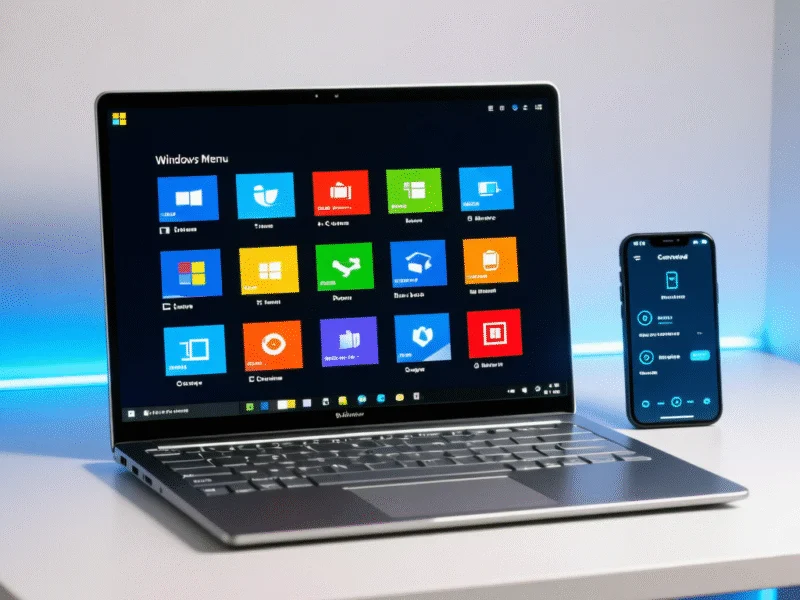Intel has confirmed its upcoming GPU codenamed Crescent Island will enter customer sampling in the second half of 2026, signaling the semiconductor giant’s renewed determination to compete in the rapidly expanding artificial intelligence accelerator market. This development comes as Intel seeks to establish a foothold against dominant players Nvidia and AMD, particularly in the data center segment where AI workloads have created unprecedented demand.
Crescent Island GPU: Intel’s Strategic AI Play
The announcement represents Intel’s second major attempt to penetrate the AI accelerator space following its earlier Gaudi chips, which failed to gain significant market traction against established competitors. The Crescent Island GPU specifically targets data center applications where AI workloads require specialized processing capabilities beyond traditional computing. Industry analysts view this timeline as critical for Intel, which currently trails behind competitors in its GPU roadmap despite the company’s historical dominance in other semiconductor segments.
According to Reuters reporting standards, the customer sampling phase typically involves providing early hardware versions to key clients for testing and validation before mass production. This process allows Intel to gather feedback and make necessary adjustments before commercial launch, particularly important given the technical complexity of modern AI accelerators.
Market Context: AI Chip Demand and Supply Challenges
The generative AI boom triggered by OpenAI’s ChatGPT launch in November 2022 has created unprecedented demand for high-performance GPUs capable of handling intensive computational workloads. Startups and large cloud operators have engaged in fierce competition to secure limited supplies of AI-focused chips, resulting in significant supply constraints and elevated pricing across the industry.
This market dynamic has created both challenges and opportunities for Intel as it attempts to position Crescent Island as a viable alternative to established solutions. The timing of the 2026 sampling schedule suggests Intel is taking a measured approach to development rather than rushing to market, potentially learning from the mixed reception of its previous Gaudi accelerator lineup.
Strategic Shift: Focus on AI Inference and Annual Updates
Intel Chief Technology Officer Sachin Katti has articulated a refined strategy emphasizing AI inference rather than attempting to address every potential workload. “Instead of trying to build for every workload out there, our focus is increasingly going to be on inference,” Katti stated, referencing the phase of AI computation where trained models generate responses rather than undergoing initial training.
This specialized approach acknowledges both technical realities and market opportunities, as inference workloads represent a growing segment of data center operations. Additionally, Intel has committed to annual AI chip releases, moving away from irregular product cycles toward more predictable updates that enterprise customers prefer for long-term planning.
Competitive Landscape and Industry Dynamics
The Intel Crescent Island development occurs against a backdrop of intense competition and shifting alliances within the semiconductor industry. Nvidia’s recent announcement of a $5 billion investment in Intel, giving it approximately 4% ownership, creates a complex competitive relationship between the two companies even as they collaborate on future PC and data center chip development.
Meanwhile, industry developments like those covered by IMD Supply’s reporting on China manufacturing challenges, IMD Solution’s coverage of semiconductor funding, IMD HMI’s telecommunications industry analysis, and workforce development initiatives illustrate the broader ecosystem factors influencing chip development timelines and market positioning.
Technical Approach: Open and Modular Architecture
Intel advocates for an open, modular approach where customers can integrate components from multiple vendors within their data center infrastructure. This strategy positions Crescent Island as potentially complementary rather than exclusively competitive with existing solutions, acknowledging Nvidia’s current dominance while offering customers flexibility in system design.
The company argues this approach is essential for efficiently scaling AI systems, though implementation challenges remain significant. The success of this strategy may depend on software ecosystem development and compatibility with existing AI frameworks, areas where competitors currently maintain advantages.
Geographic and Namesake Considerations
While the codename Crescent Island references a geographical feature, Intel’s GPU development spans global operations with significant engineering presence in multiple countries. The company’s manufacturing capabilities and supply chain considerations will be crucial factors in delivering Crescent Island according to the announced timeline, particularly given ongoing industry-wide challenges in semiconductor production capacity.
As the 2026 sampling window approaches, Intel faces the dual challenge of executing on its technical roadmap while navigating complex market dynamics in the rapidly evolving AI accelerator space. The success of Crescent Island could determine whether Intel establishes itself as a credible alternative in a market currently dominated by specialized competitors.



